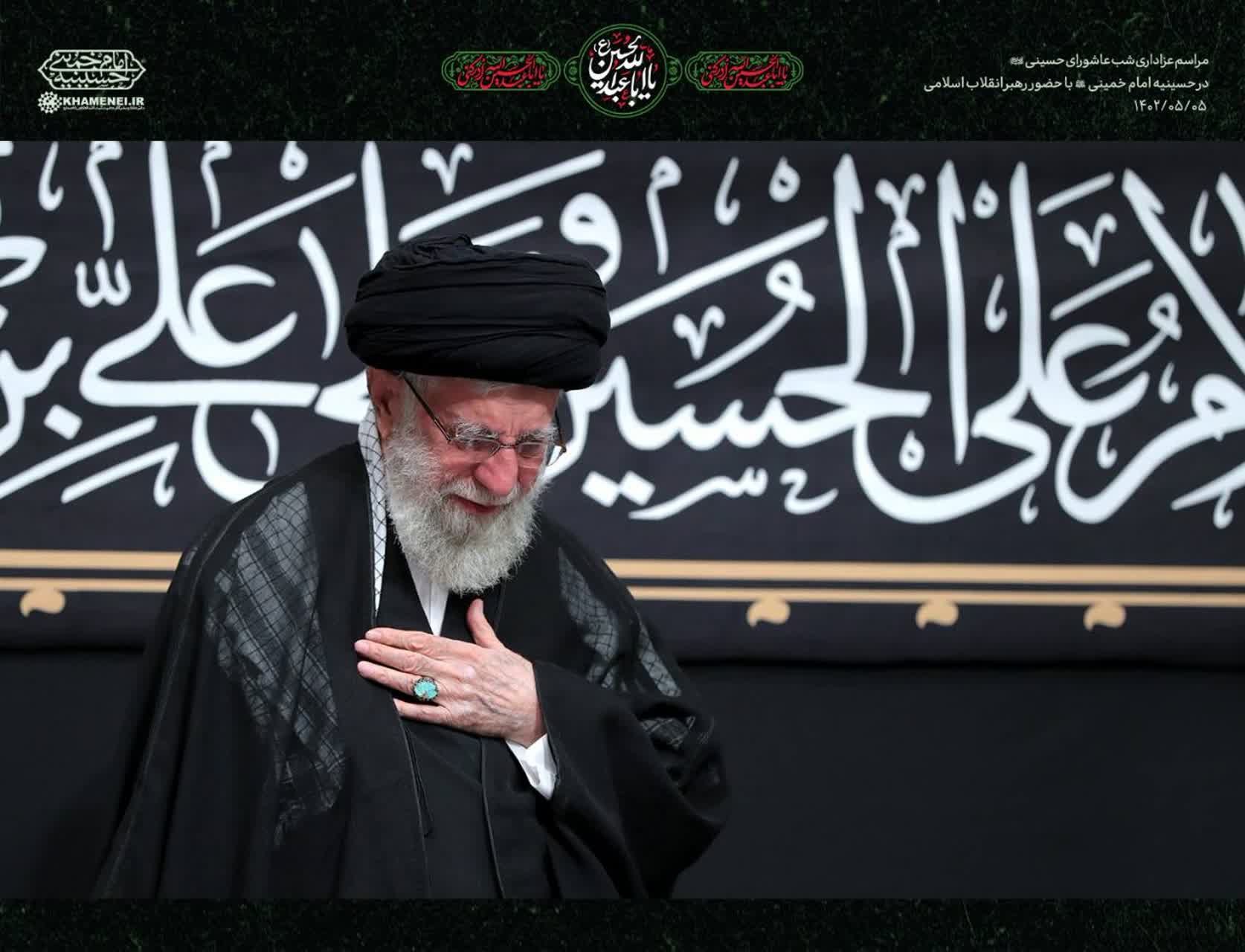Blood, Tears, and Eternal Revolution: How Ashura Shaped the Spirit of Shia
Imagine an event that took place 1400 years ago in the scorching deserts of Karbala, which today brings millions of people to the streets around the world to commemorate it through chest-beating, chain-lashing, and tears, keeping alive a saga that is not just a history but an everlasting revolution. This is the power of Ashura; it is not merely a religious ceremony but the beating heart of Shia identity.
But who are the Shia? Why does this event have such a profound impact on their identity? And why do Iranians, more than any other Shia group, consider Imam Hussein (AS) as their national-religious symbol?
What is Shia?
Shia (Shia/Shi’a) means "follower" and refers to a group of Muslims who believe that:
- After the Prophet Muhammad (PBUH), the rightful leadership belonged to Ali (AS) and his descendants (the Shia Imams).
- The Shia Imams are not only political leaders but also infallible religious authorities.
- The last Imam (Mahdi) is alive but in occultation and will return one day to establish justice.
Today, Shia Muslims make up about 10-15% of the world's Muslim population and are primarily found in Iran, Iraq, Lebanon, Bahrain, Pakistan, and India.
What is Identity and Why is Ashura Vital for Shia?
Identity means answering the question: "Who am I? Where do I belong?"
Shia identity, like any other identity, is shaped by shared history, beliefs, and rituals. However, among all these factors, nothing has played a more significant role in shaping the "essence of Shia" than Ashura
 .
.
Why?
- Because Ashura was not just a battle; it was a choice:
- A choice between silence in the face of oppression or rising up to the last breath.
- A choice between maintaining power or sacrificing everything for the truth.
- Imam Hussein (AS) stood against thousands of Yazid's soldiers with 72 companions and was martyred, but he raised the flag of resistance forever.
This has now become a model for the people of Iran and Palestine.
Imam Hussein: Not Just a Martyr, but "The Model of Shia and Iranian Identity"
For Shia Muslims, especially Iranians, Imam Hussein (AS) is more than a historical figure; he is:
- A symbol of the struggle against tyranny (both during the Umayyad period and in the 1979 Iranian Revolution).
- A myth of justice-seeking (the slogan "Every day is Ashura, every land is Karbala" signifies the ongoing fight against oppression).
- A bridge connecting Shia Muslims worldwide (from Lebanon to Nigeria, everyone knows him).
#### Ashura in the Cultural DNA of Iran
- The Islamic Revolution of Iran was inspired by Ashura (with slogans like "The Shah is gone, Hussein has come").
- Iranian literature and art are filled with symbols of Karbala (such as the poems of Mohtasham Kashani in "What a tumult this is...").
- Iranian politics utilizes the discourse of Ashura (like resistance against the U.S. framed in the language of Hussein).
Ashura Rituals: A Living Identity and Breath of Life
If you want to see Shia identity in a single image, just walk the streets of Iran or Iraq during the month of Muharram:
- Mourning processions with black flags and heart-wrenching elegies.
- Tazieh (religious performances) that bring the events of Karbala to life.
- Chest-beating and chain-lashing as symbols of solidarity with Imam Hussein.
These rituals act as a social glue, connecting Shia Muslims wherever they are in the world.
Conclusion: Ashura; The Driving Force of Shia Identity
Ashura is not just a historical event; it is a belief-political-cultural system that:
- Gives meaning to Shia Muslims.
- Provides them with motivation to resist.
- Keeps them alive throughout history.
For Iranians, Imam Hussein (AS) is both a saint and a national hero. He symbolizes resilient Iran, Shia Iran, revolutionary Iran.
Final Question: Can you imagine that a 1400-year-old story can be so alive and impactful today? This is the miracle of Ashura!



دیدگاه خود را بنویسید